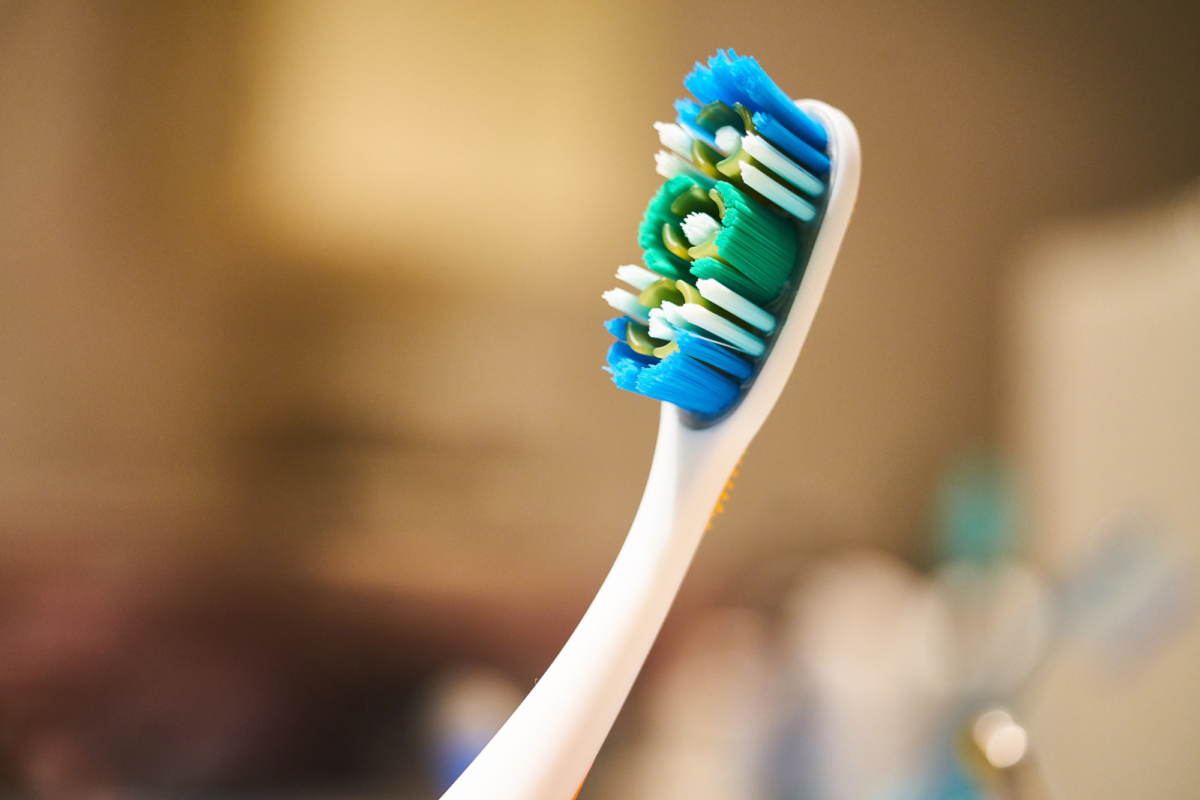Choosing Your Perfect Toothbrush: A Dentist’s Guide to Optimal Oral Hygiene

Selecting the right toothbrush is essential for maintaining good oral health and achieving effective plaque removal. With countless options available on the market, choosing the perfect toothbrush can seem overwhelming. As a dentist, I’m here to provide guidance on how to select a toothbrush that suits your individual needs and promotes optimal oral hygiene. Let’s dive into the key factors to consider when choosing your ideal toothbrush:
1. Bristle Type
The bristles of your toothbrush play a crucial role in cleaning your teeth and gums effectively. Opt for a toothbrush with soft or extra-soft bristles, as they are gentle on tooth enamel and less likely to cause irritation or damage to the gums. Hard or medium bristles may be too abrasive and can lead to enamel wear and gum recession over time.
2. Head Size and Shape
Choose a toothbrush with a head size and shape that comfortably fits your mouth and allows you to reach all areas of your teeth, including the back molars. A smaller brush head may be more maneuverable and suitable for individuals with smaller mouths or crowded teeth, while a larger brush head may provide more coverage for those with larger mouths or gaps between teeth.
3. Handle Design
Consider the design and grip of the toothbrush handle to ensure comfortable and ergonomic usage. Look for a toothbrush with a non-slip grip or ergonomic handle design that feels comfortable and secure in your hand. Some toothbrushes may feature textured grips or flexible handles to enhance control and maneuverability during brushing.
4. Manual vs. Electric
When choosing between a manual or electric toothbrush, consider your personal preferences, oral health needs, and budget. Both manual and electric toothbrushes can be effective for removing plaque when used correctly. Electric toothbrushes may offer additional features such as built-in timers, pressure sensors, and oscillating or rotating brush heads, which can enhance plaque removal and simplify brushing for some individuals.
5. ADA Seal of Acceptance
Look for toothbrushes that have earned the American Dental Association (ADA) Seal of Acceptance, indicating that they meet rigorous safety and efficacy standards for oral care products. Toothbrushes with the ADA Seal have been independently evaluated for their safety and effectiveness in removing plaque and reducing the risk of gum disease when used as directed.
6. Replacement Schedule
Remember to replace your toothbrush regularly to ensure optimal cleaning performance and prevent bacterial buildup. The ADA recommends replacing your toothbrush or toothbrush head every three to four months, or sooner if the bristles become frayed or worn. Additionally, replace your toothbrush after recovering from illness to prevent reinfection.
Conclusion
Choosing the right toothbrush is an important step in maintaining good oral hygiene and promoting overall dental health. By considering factors such as bristle type, head size and shape, handle design, manual vs. electric, ADA Seal of Acceptance, and replacement schedule, you can select a toothbrush that meets your individual needs and preferences. Remember, consistent brushing with the right toothbrush is key to achieving a healthy, beautiful smile that lasts a lifetime.
